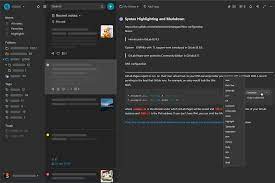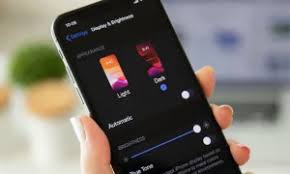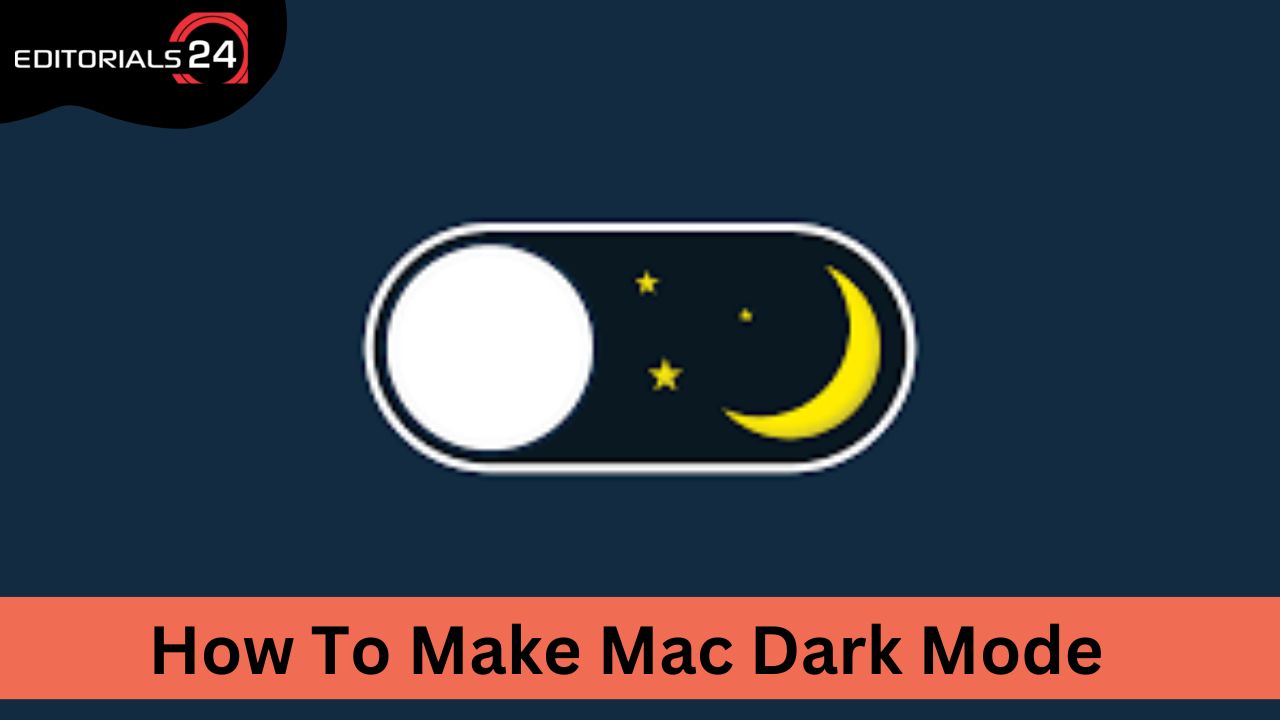Dark Mode was initially made available for use on Macs with the release of OS X 10.10 Yosemite.
Since then, it has been incorporated into each and every subsequent version of macOS. If you enable Dark Mode, your content will shine out, while the controls and other parts of the user interface will blend into the background, making it simpler for you to remain focused on your work.
Because it helps your eyes adjust to the brightness of the screen much more quickly, it is especially helpful when the surrounding light is poor. Even more impressive is the fact that it lengthens the battery’s life slightly.
You do not require any additional software or tools in order to activate Dark Mode on your mac because it is a built-in feature of macOS. And it works across the board: not only with the macOS operating system and programs developed by Apple but also with a long range of applications developed by third-party developers.
In this tutorial, we will teach you how to enable Dark Mode in a number of straightforward ways, as well as how to build a timetable for Dark Mode that will take care of automatically switch between themes when the time comes.
How to Activate Dark Mode on The Mac Os Monterey Operating System
The Dark Mode on macOS Big Sur may be instantly activated in a variety of different ways, each of which is quite straightforward to use. Three of them are listed below.
Utilization of The System Preferences
The following actions need to be taken in order to activate Dark Mode using System Preferences:
- Launch the Application for System Preferences.
- Click General
- To immediately enable Dark Mode, click the Dark button located next to Appearance.

You also have the option, in System Preferences, to program Dark Mode to activate and deactivate on its own at specified times. Choose the Auto option rather than Dark in the drop-down menu. After that, Dark Mode will be triggered just before sunset and off just before sunrise.
Using Siri
If you have a Mac that is compatible with Siri, then turning on Dark Mode can be done in the quickest and most convenient way possible by using Siri.
- The steps that need to be followed are as follows:
- To activate Siri on your Mac, click the button located in the menu bar (or the button located in the Touch Bar on your MacBook Pro).
- You can issue a command such as “switch on Dark Mode,” or you can just say “Dark Mode.”
How to Enable Dark Mode on Older Mac Os Versions
In earlier versions of macOS, some of the aforementioned approaches would not work. For instance, the Control Center technique is exclusive to macOS Monterey and macOS Big Sur, as these are the only versions of macOS to have been released with a Control Center.
Dark Mode in older versions of macOS, such as macOS High Sierra and prior, only modifies the system menu bar and Dock. It does not alter any other parts of the user interface or any applications. This is an important point to keep in mind.

The Dark Mode feature is only available on macOS versions Catalina and later since it may be set to automatically activate and deactivate itself depending on the time of day.
Read More: Why Duck Duck Go Is Not as Private as You May Believe..!
How to Disable the Dark Mode on A Macintosh
On a Mac, disabling night mode is as easy as reversing the actions that were taken to activate it in the first place. Choose Light from the drop-down menu instead of Dark to avoid confusion.
You can select Auto in later versions of macOS, such as Catalina and later, and then Dark Mode will be toggled automatically; it will turn on at sunset and off again at sunrise. This feature is only available in later versions of macOS.
Read More: The Step-By-Step Guide to Unblocking “Potentially Sensitive Content” on Twitter.!
How to Access the Dark Mode on A Mac
Step 1: Navigate to the System Preferences menu.
Choose System Preferences from the Apple menu that’s located in the upper left corner of your screen on your Mac.
Step 2: Click General
On the window that appears with your list of system preferences, click the General tab.

Step 3: Click Dark
If you’ve never played around with the appearance settings, the settings for the scroll bar, the default browser, and other options, now is an excellent time to do so because general settings encompass all of these things.
A darker appearance will be given to your Mac’s buttons, menus, and windows when you select the Dark option from the View menu. If you select Auto as the display option, your Mac will remain in the Light mode initially and then gradually switch to the Dark mode as the day progresses.
